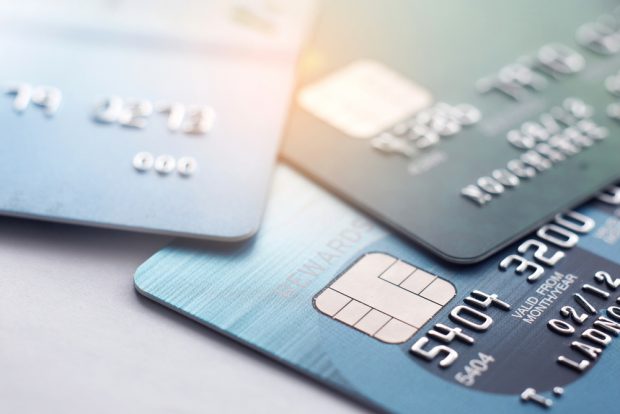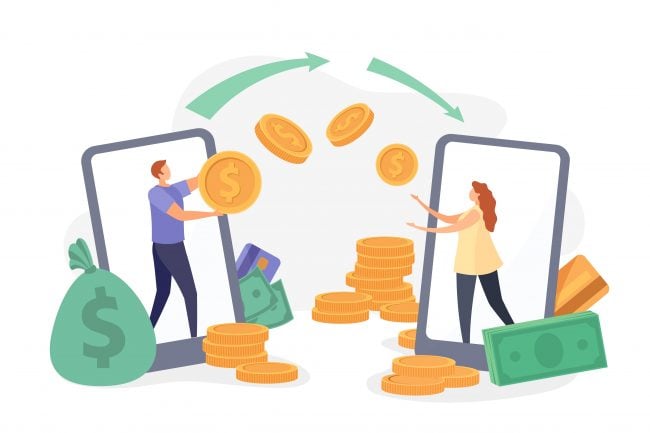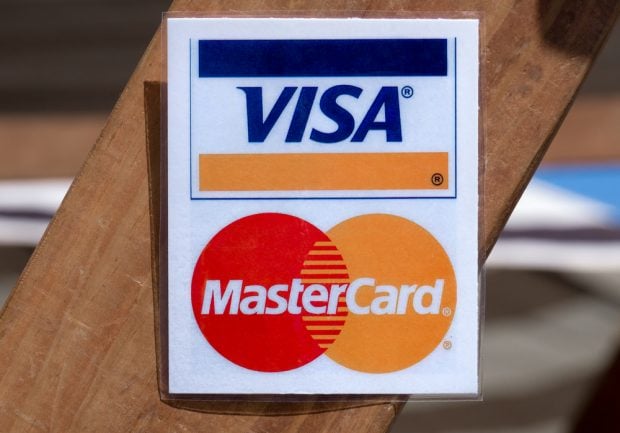
U.S. consumer debt rose in January by the least infour months on a sharp slowdown in use of revolving products suchas credit cards, Federal Reserve data showed Wednesday.
Total credit rose $13.9b m/m (est. $17.7b gain) and follows arevised $19.2b Dec. gain (prev. $18.4b) Revolving creditoutstanding rose $701m, least since Feb. 2015, after a $6.1b Dec.increase Non-revolving debt outstanding climbed $13.2b aftera $13.1b riseKey Takeaways
The slow growth in revolving debt, in line with sluggish householdspending figures reported for January, indicates consumers may havebeen reluctant to increase credit-card balances following robustoutlays in the fourth quarter. Gains in overall consumer creditcooled for a second month.
Even so, a strong jobs market and the tax cuts enacted inDecember are likely to support household spending in the first halfof the year. The Fed's consumer credit report doesn't track debtsecured by real estate, such as home equity lines of credit andhome mortgages.
Lending by the federal government, which is mainly for studentloans, increased by $26.3 billion in January, before seasonaladjustment.
Copyright 2018 Bloomberg. All rightsreserved. This material may not be published, broadcast, rewritten,or redistributed.
Complete your profile to continue reading and get FREE access to CUTimes.com, part of your ALM digital membership.
Your access to unlimited CUTimes.com content isn’t changing.
Once you are an ALM digital member, you’ll receive:
- Critical CUTimes.com information including comprehensive product and service provider listings via the Marketplace Directory, CU Careers, resources from industry leaders, webcasts, and breaking news, analysis and more with our informative Newsletters.
- Exclusive discounts on ALM and CU Times events.
- Access to other award-winning ALM websites including Law.com and GlobeSt.com.
Already have an account? Sign In
© 2024 ALM Global, LLC, All Rights Reserved. Request academic re-use from www.copyright.com. All other uses, submit a request to [email protected]. For more information visit Asset & Logo Licensing.









